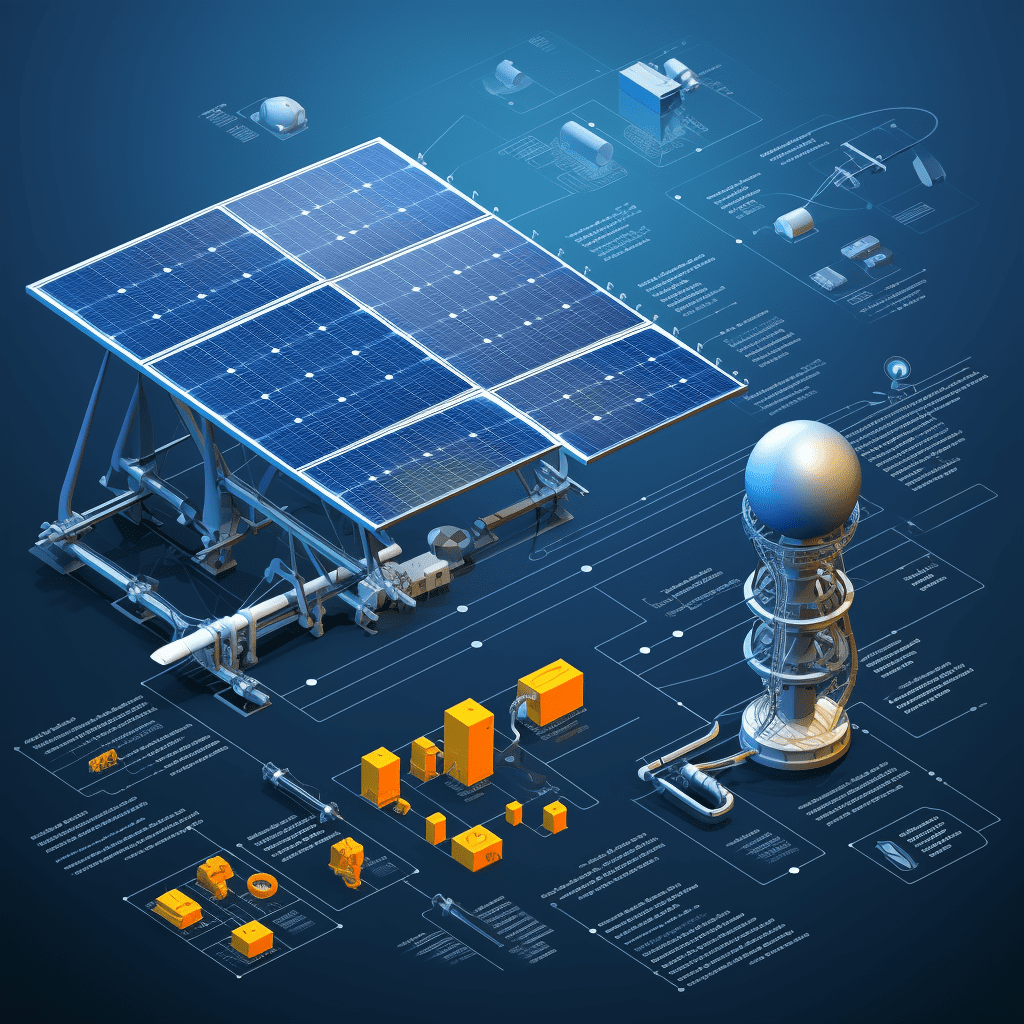Montenegro is actively diversifying its energy market to achieve a sustainable future, focusing on renewable energy sources. The country aims to transition from fossil fuels, with over 60% of its electricity now generated from renewables, primarily hydropower. This shift is supported by legislative reforms and significant investments aimed at enhancing energy efficiency and sustainability.
How Is Montenegro’s Energy Sector Evolving?
Montenegro’s energy sector is undergoing significant transformation, driven by a commitment to sustainability and compliance with European Union standards. The country is harmonizing its energy legislation with EU directives, which is crucial for attracting foreign investments and modernizing its energy infrastructure. This evolution reflects a broader strategy to enhance energy security and reduce reliance on fossil fuels.Chart: Evolution of Montenegro’s Energy Sector
| Year | Percentage of Renewable Energy | Key Developments |
|---|---|---|
| 2019 | 60% | Achieved ten days of renewable-only power |
| 2021 | 65% | Investment in wind and solar projects |
| 2023 | 70% | Launch of day-ahead electricity market |
What Are the Current Sources of Energy Production in Montenegro?
Montenegro primarily relies on hydropower, which accounts for a substantial portion of its electricity generation. The Piva and Perućica hydropower plants are the main contributors. Additionally, the country has started integrating wind energy into its mix, with projects like the Krnovo wind farm contributing significantly. Other emerging sources include solar power and biomass.Chart: Current Sources of Electricity Production
| Source | Percentage Contribution |
|---|---|
| Hydropower | 60% |
| Wind | 10% |
| Biomass | 5% |
| Coal | 25% |
Why Is Legislative Support Critical for Energy Diversification?
Legislative support is essential for creating a conducive environment for investment in renewable energy. Recent reforms aim to simplify procedures for connecting new renewable projects to the grid and establish favorable conditions for private investment. This legal framework not only attracts investors but also ensures that projects align with environmental standards.
How Is Investment Shaping the Future of Renewable Energy in Montenegro?
Montenegro has committed substantial financial resources towards diversifying its energy portfolio. The Electric Power Industry of Montenegro (EPCG) plans to invest EUR 700 million in renewable capacity expansion, including wind farms and solar plants. This investment strategy is crucial for achieving the goal of generating 100% of electricity from renewable sources by 2030.
What Challenges Does Montenegro Face in Its Energy Transition?
Despite progress, Montenegro faces several challenges in its transition to renewable energy:
- Infrastructure Limitations: Existing transmission networks require upgrades to handle increased renewable capacity.
- Environmental Concerns: Local opposition to new hydro projects poses risks to development plans.
- Market Integration: Establishing a fully functional electricity market remains a work in progress.
Addressing these challenges will be vital for ensuring a smooth transition towards sustainable energy production.
What Recent Developments Highlight Montenegro’s Commitment to Sustainability?
Recent developments include the successful operation of wind farms like Krnovo and Mozura, which have significantly contributed to the national grid. Additionally, legislative advancements have facilitated the establishment of a day-ahead electricity market, enhancing market efficiency and integration with regional markets. These steps underscore Montenegro’s commitment to becoming a leader in renewable energy within the region.Latest News
Montenegro continues to make strides towards a sustainable energy future. The government recently announced plans to expand its renewable portfolio further by investing in additional wind and solar projects. Notably, the Gvozd wind farm project is set to commence soon, promising an increase in clean energy production. Furthermore, ongoing discussions about potential natural gas imports via the Adriatic-Ionian Gas Pipeline could diversify energy sources further.Editor Comment
“Montenegro stands at a pivotal moment in its energy transition,” states Dr. Elena Markovic, an energy policy expert. “The combination of legislative support and strategic investments positions the country well for achieving its sustainability goals. However, addressing local concerns about environmental impacts will be crucial as it moves forward.”
FAQ Section
Q1: What percentage of Montenegro’s electricity comes from renewable sources?
A1: As of recent reports, over 60% of Montenegro’s electricity is generated from renewable sources, primarily hydropower.Q2: What are the main challenges facing Montenegro’s energy transition?
A2: Key challenges include infrastructure upgrades, environmental opposition to new projects, and achieving full market integration.Q3: How is the Montenegrin government supporting renewable energy investments?
A3: The government is implementing legislative reforms that simplify project approvals and create favorable conditions for private investment in renewables.



